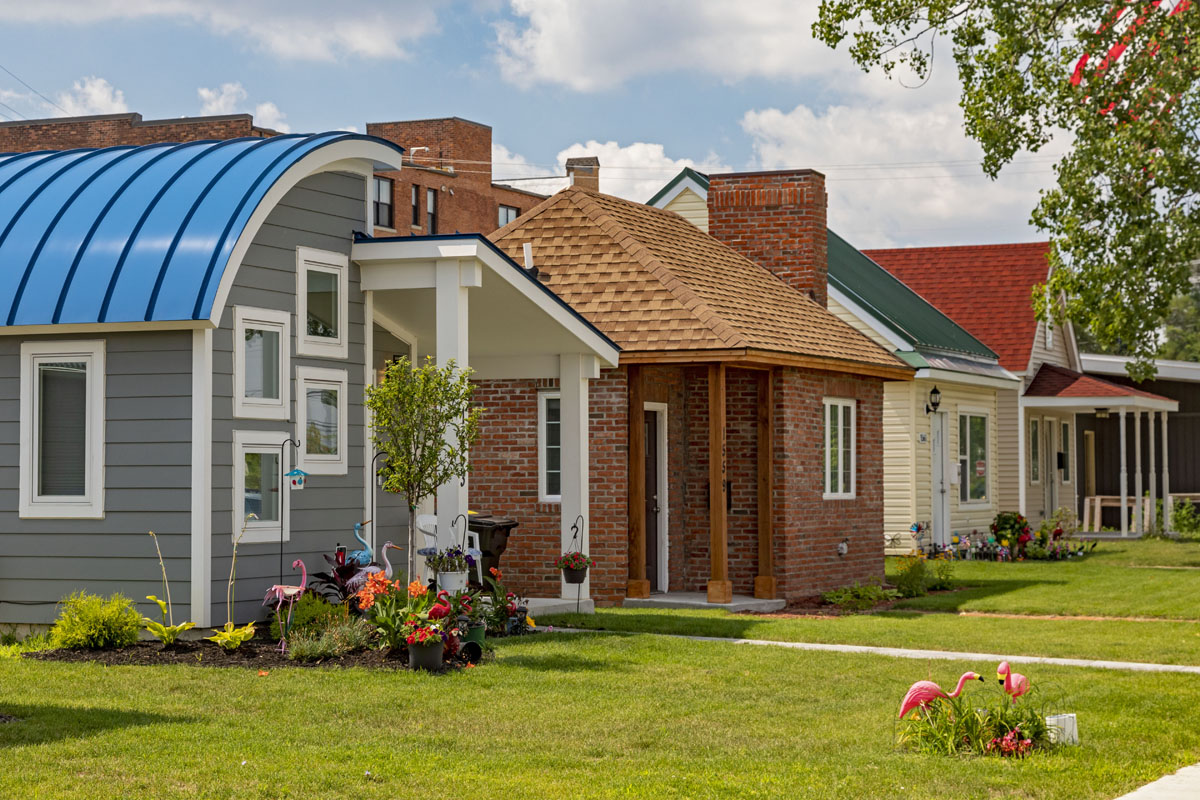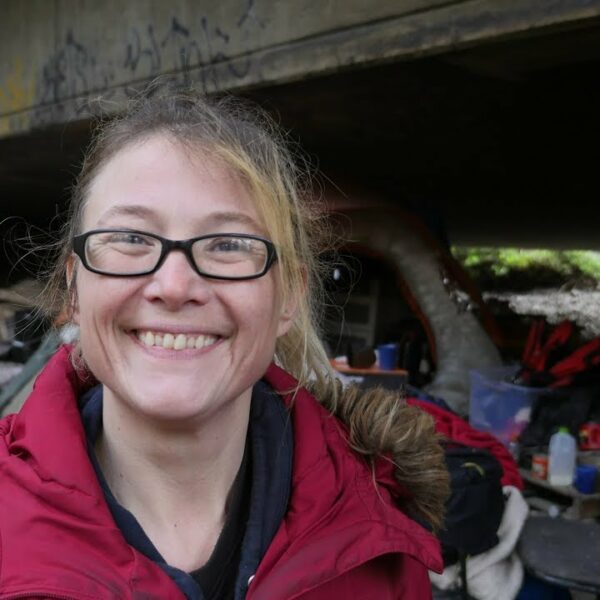Most of us see tiny houses on the pages of travel and architectural magazines, perched in the middle of a remote but achingly beautiful spot. Or, tiny houses are often built in a prime location only accessible to the super-rich. They are often associated with those who want to ‘get away from it all’, downsizing and living the quiet life in the heart of nature.
Tiny houses are so small that some can be latched onto the back of a vehicle. So, they also appeal to remote workers and those living a semi-nomadic lifestyle.
However, in recent years, tiny homes have been touted as a solution to homelessness in the United States. Yet there is controversy on whether tiny houses are suitable for homeless people in America.
Depending on who you ask, helping homeless people into tiny homes either saves them from the city streets or paves the way for shantytowns. Let’s dive deeper into the debate.
Are Tiny Houses Really Suitable for Homeless People?
Nickelsville Othello Village in Seattle is one example of a tiny home community for homeless people. The village sits on a plot of land behind a gas station. It consists of 28 wooden homes and 12 tents.
The residents share a kitchen, shower, and toilet. Food is stored in plastic boxes to prevent rats from breaking in. In the beginning, the huts lacked heating and electricity.
The children living in Othello Village first had to use flashlights to read their books. The settlement previously had issues with funding, and an exit date was set for last December. However, a last-minute save from a local church gave the community more time to remain.
While tiny homes provide homeless people with some shelter, many activists argue that living in such conditions isn’t suitable for any human being. Seattle is one of the world’s wealthiest cities. So why can’t it provide safe and sanitary housing for its residents?
The city of Seattle isn’t alone. As tiny houses are seen as a quick and affordable solution to homelessness, they are being built in many cities across the country.
The shed-like “homes” have cropped up in plenty of vacant lots and scrublands across at least 10 states including Florida, New York, and Utah. However, most tiny homes are built in northern California and the Pacific Northwest.
Interestingly, many of these cities have changed their views from banning and even clearing unauthorized and unsafe homeless communities featuring tents to funding plots and camps that skirt building regulations due to loopholes.
Some argue the boom of tiny homes creates ghettoes or shantytowns. Homeless people are kept out of sight and treated as second-class citizens who aren’t integrated with mainstream society.
While tiny homes may be appropriate to house people independently, communities of tiny homes separated from the rest of society could be detrimental. Being separated could prevent homeless people from finding jobs, building outside relationships, and integrating with the rest of society.
‘Tiny Homes Are Empowering’
On the other hand, many people living in tiny homes feel empowered and content with their private spaces. This is the view of the residents of Othello village, which opened in 2016. Residents are grateful for the lockable doors on their huts. This alone offers significantly more privacy than the city shelters many have experienced living in.
Likewise, shelters are often hugely busy and reach full capacity. They also exclude many individuals such as couples or those living with pets. In tiny house and tent communities, the rules are more flexible and adaptable for homeless people.
Othello is self-managed. Members take turns completing chores like operating the security gate. This type of self-organization is empowering for residents. It also offers a warm community feeling that cannot be replicated in city shelters.
One man who is an advocate for tiny homes is 3D printer Frank Ossm. Having been homeless himself, Frank realizes the value of tiny houses in improving the lives of homeless people. His company 3D Print Housing Corporation aims to make affordable housing a reality in Canada using 3D printing.
While tiny homes may be just that – tiny, the support and assistance they provide for homeless people can be invaluable. Many people living on the streets alone, with all their belongings, do not want to move into a shelter with limited space. Guests don’t want to sleep next to a stranger or worry about others stealing their belongings or assaulting them.
A tiny home offers homeless people their own private and safe space. They can move in and lock the door when they need privacy. They can feel safe after feeling vulnerable on the city streets or in a shelter.
There’s Room for Progression
If we are to accept tiny homes for homeless people as permanent features of US cities, they must meet higher standards. This is beneficial not only to the residents of tiny homes but to the city, too.
However, tiny homes are a temporary solution. The long-term plan should be to move homeless people into mainstream accommodation.
Andrew Heben, an urban planner of tiny homes, argues for an added urgency for more tiny houses. This is because tiny homes’ requirement is likely to increase if Trump is successful in the next election. The Republican president has proposed cutting billions from the Department of Housing and Urban Development, which covers affordable housing. This move could see many more fall into homelessness in America.
Heben has experience opening tiny village communities for homeless people. His first community, Opportunity Village, opened in 2013 in Eugene, Oregon. It provided tiny homes to 100 otherwise homeless people. His second village will be a permanent community, and it will have some differences from his first project.
The tiny homes will be 250-square feet structures featuring en-suite bathrooms and kitchenettes. They will cost $60,000 each rather than $3,300, which was the price of each unit from Opportunity Village. Despite the price difference, the tiny houses will still only cost a third of the price of conventional “affordable” housing in the area.
Perhaps higher quality tiny homes, with more resources and appropriate cover and safety, are the solution to the debate. Because for the people moving from the stark city streets or the crowded communal shelters, moving into a safe, comfortable, and private tiny home can be life-changing.













